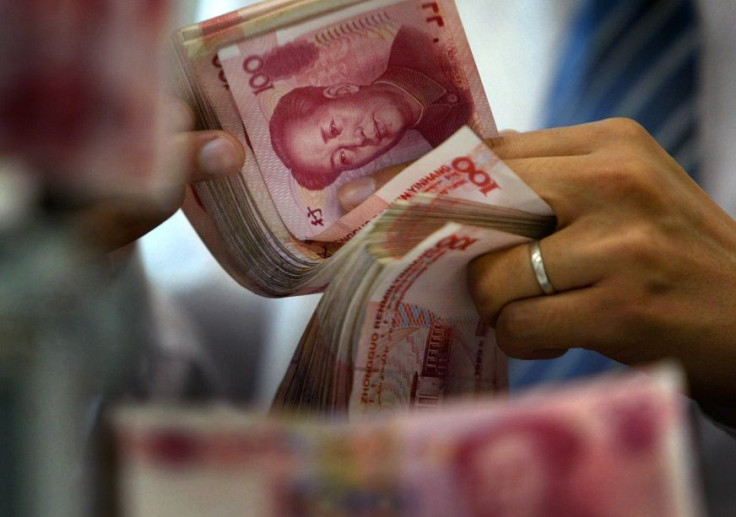China depreciates value of yuan to boost trade

China's depreciation of the value of its strongly controlled currency, which has sent the yuan to its lowest point against the U.S. dollar in almost three years, is expected to stabilise the nation's trade and might give it another competitive edge.
The sudden decision of the Central Bank of China was triggered by falling trade prospects. In July 2015, China's exports were recorded as 8.3 percent less than that of last year - a drop tied to the enhanced value of the yuan which had led to increased prices and generated lower demand for Chinese products from the U.S., Japan and Europe. The “one-off depreciation” take of the central bank on Tuesday will, undoubtedly, lead to more competitive export prices, although the move could also pose a threat for U.S. and European manufacturers.
However, the deteriorating prices of goods in China is not the only cause of a declining Chinese economy. The falling price of commodities has also led to a drawn out period of producer price deflation, Skynews reports, while appropriate measures will need to be taken to deal with the country's increasing labour costs and 'low quality' stigma, which threatens the vitality of its exports sector.
Beijing presently uses a “managed float” to ensure the Chinese currency does not fluctuate two percent on either side of a point decided by the People’s Bank of China, which means the yuan may not be traded freely like the Euro or U.S. dollar. However, this system also limits the risks traders face.
Further deterioration in the value of yuan could still be expected as China is expected to allow market forces to play an even bigger role in its economy.
Contact the writer at feedback@ibtimes.com.au, or let us know what you think below.





















